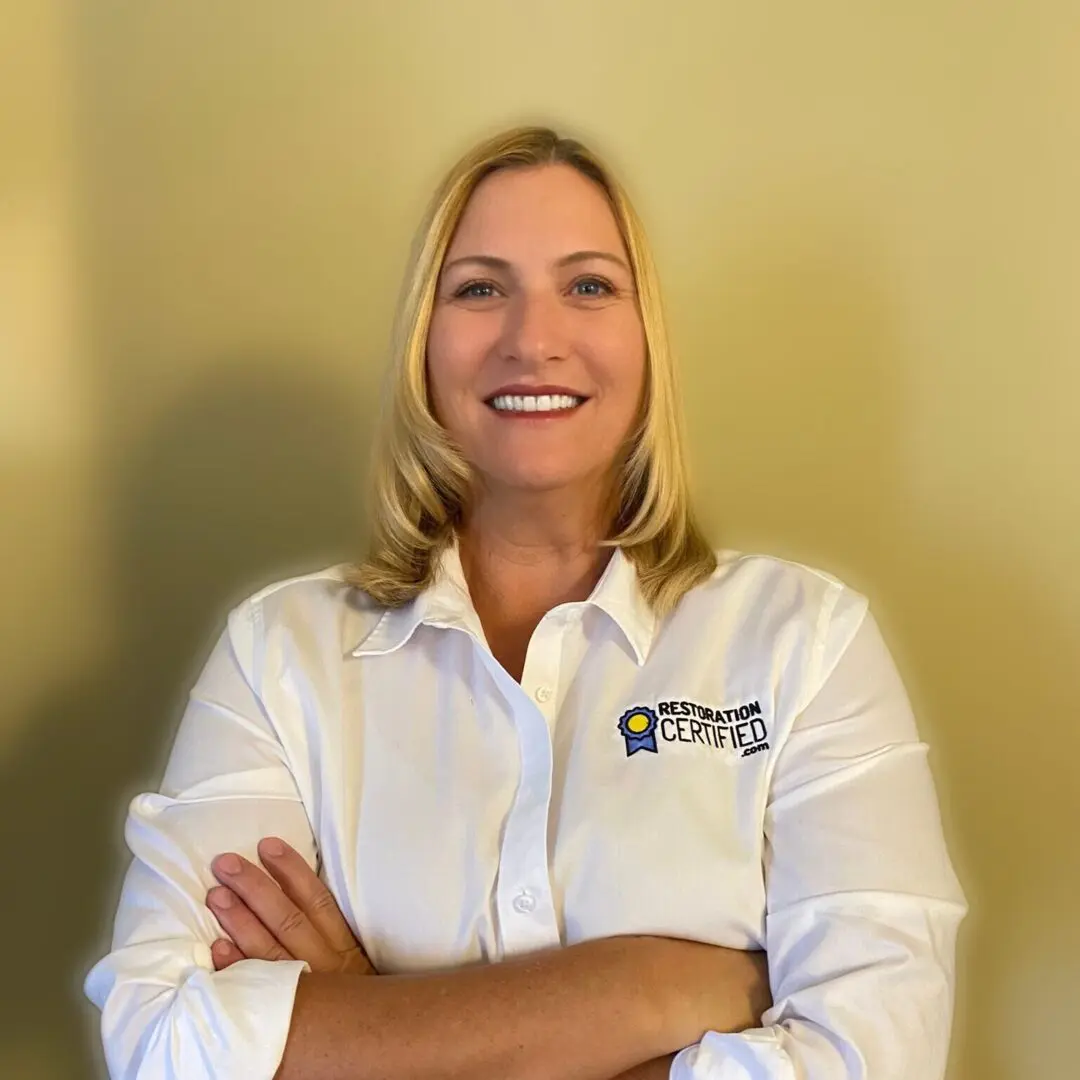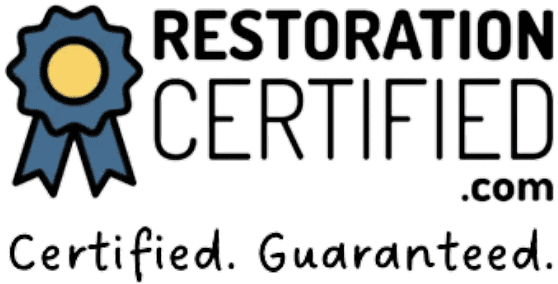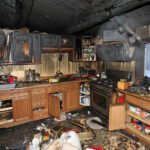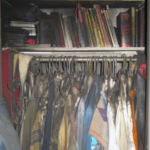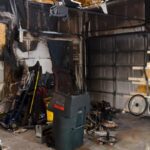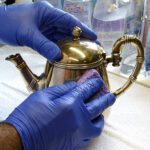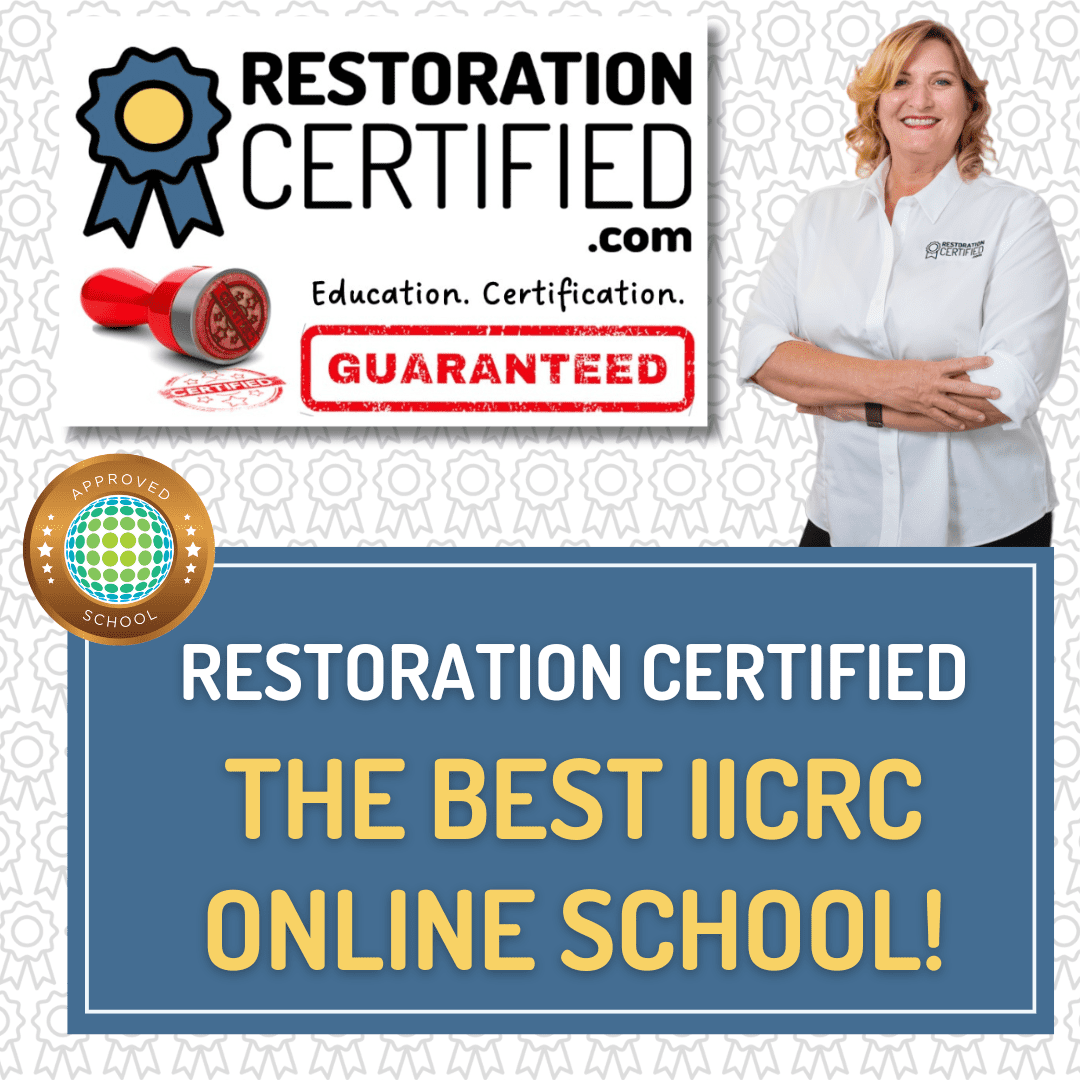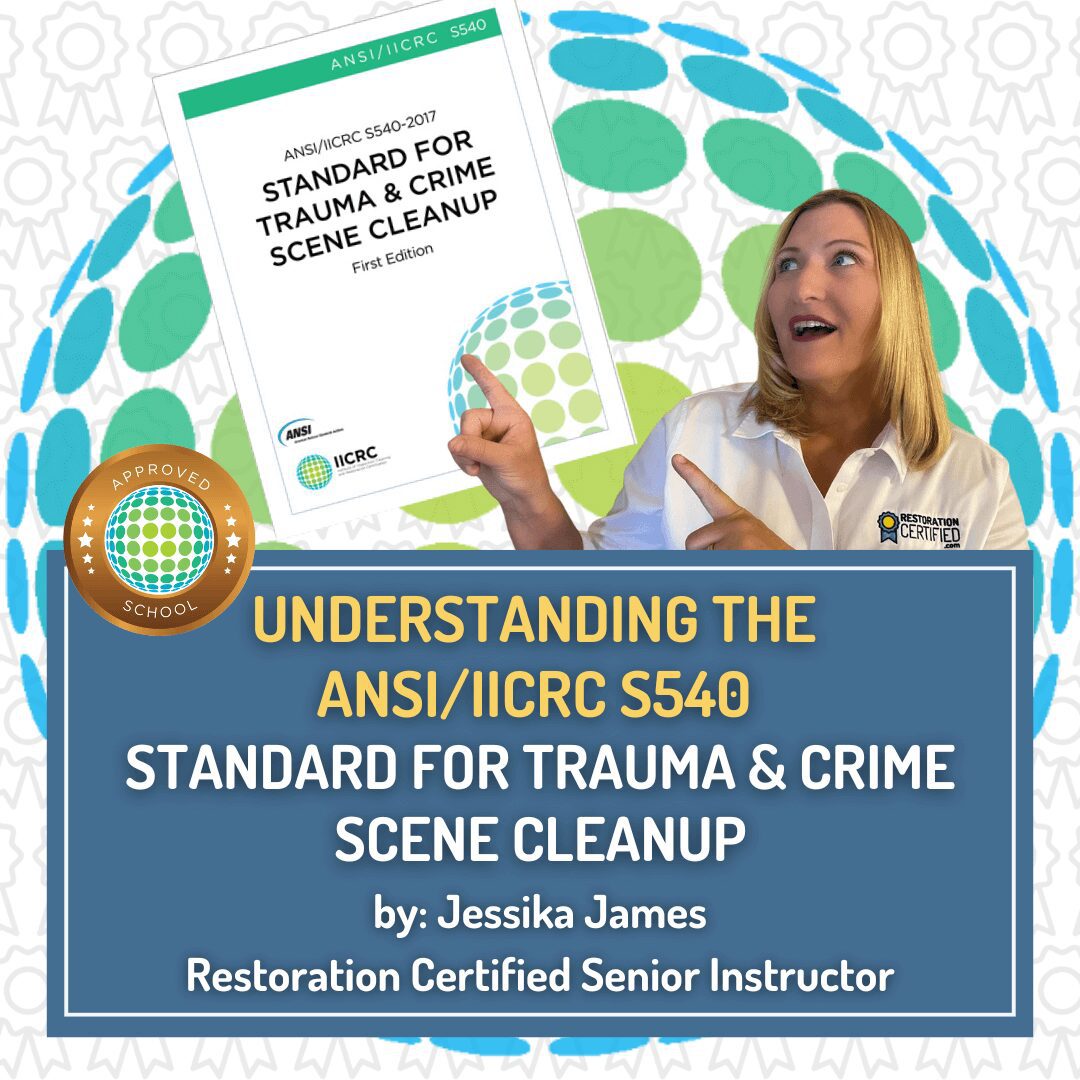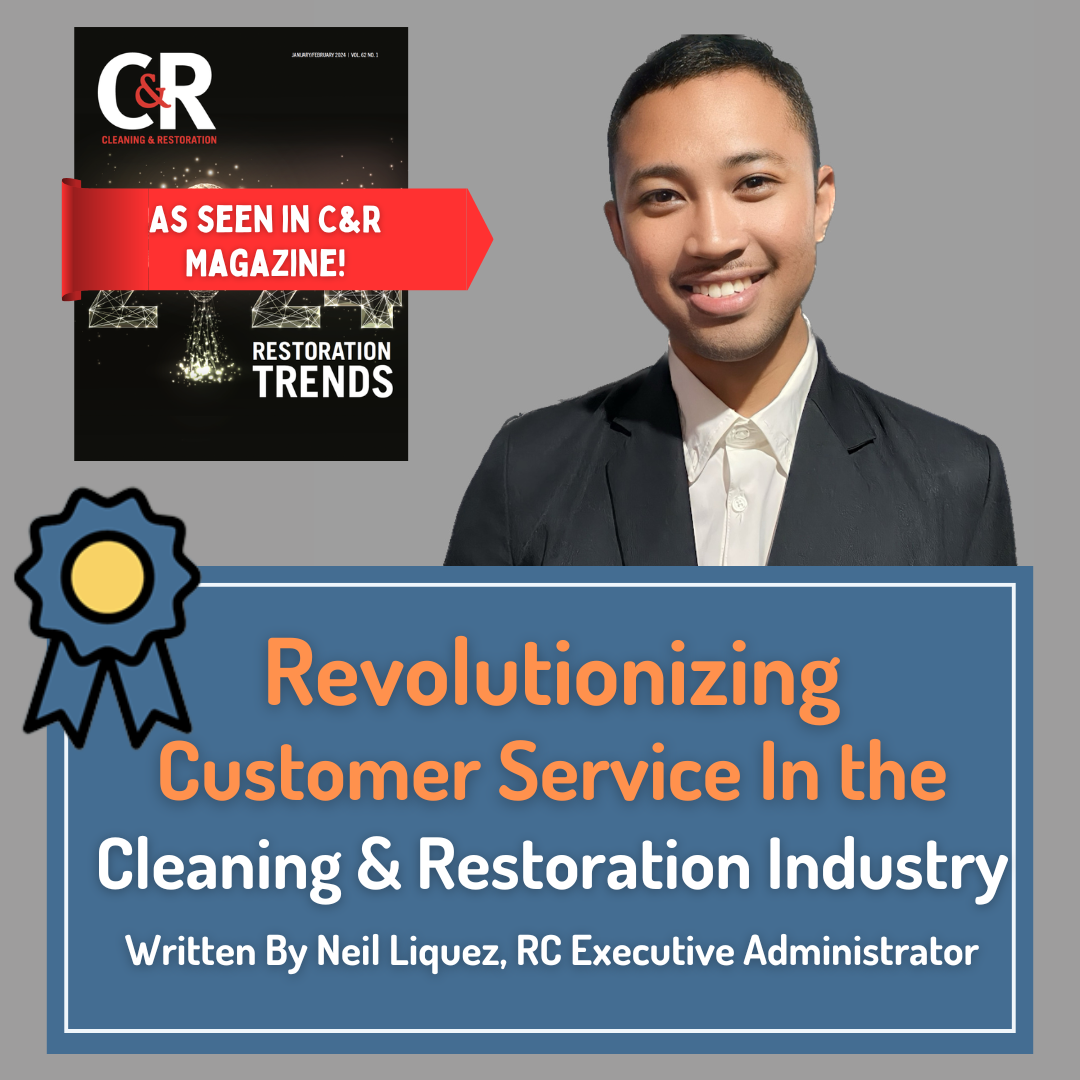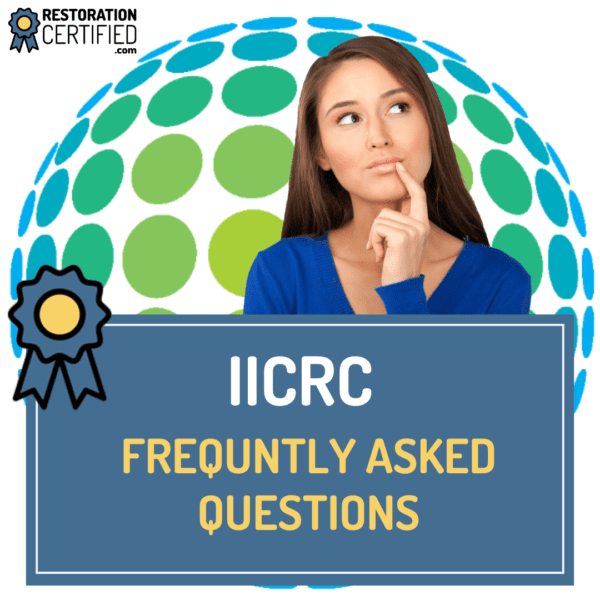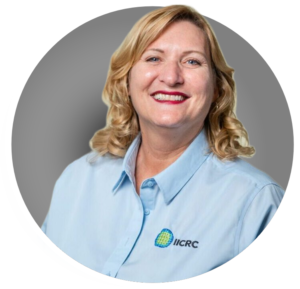Adding Contents Processing Services
to Your Restoration Company
Author: Jessika James
Contents manipulation and processing, also known as contents restoration, is a critical component of disaster restoration services. It is a highly specialized service within the restoration industry that focuses on the systematic approach of inspecting, documenting, inventorying, packing, cleaning, and restoring personal property and items that have been affected by water, fire, mold, and a variety of other industry-related damages and contamination.
Expanding your company services to add contents processing can be a lucrative business decision, generating additional revenue and streamlined restoration services. One of the biggest benefits of handling both structure and contents restoration is that this path allows for better coordination and efficiency in the restoration process, providing more control over the timeline and quality of the work - and clients benefit from the convenience of dealing with one company for all their restoration needs. Clients are often emotionally attached to their belongings, and the ability to restore cherished items can build trust and loyalty, enhancing client satisfaction and your company’s reputation in the industry.
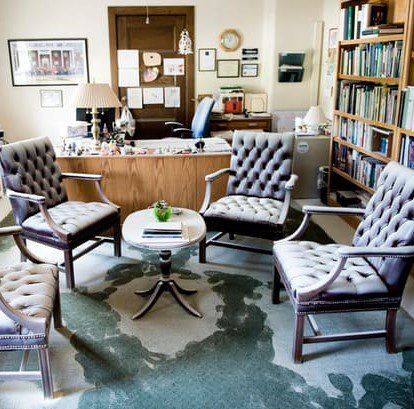
Insurance companies often prefer to work with restoration companies that offer complete services and providing content processing sets you apart from competitors who may not offer this service - and it can be a key differentiator in marketing your company. This can lead to more referrals and industry partnerships.
Just like any other specific job task in the professional restoration and remediation industry, contents processing follows a very structured path to ensure the most successful outcomes. If you are thinking about adding contents processing to your list of restoration services, we have prepared a basic list of practices you should be prepared for. Let’s dive in!
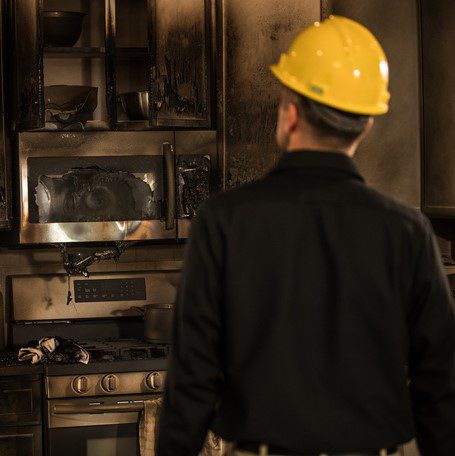
Inspection and Assessment
A heavy emphasis is placed on properly inspecting and assessing damages. Restoration, preservation, or disposal of content items will depend on a methodical approach to determine surface porosity, type and level of contamination, and item value versus cost of services. In-depth knowledge of industry standards such as the ANSI/IICRC S500 Standard for Professional Water Damage Restoration and the ANSI/IICRC S540 Standard for Professional Trauma and Crime Scene Cleanup is imperative for guidance to properly determine the appropriate procedures.
Inventory and Documentation
Creating a detailed inventory of all items using a combination of photos, video, and detailed written descriptions is a crucial part of the inventory process. These tasks are used to document the condition, level of damage, justify the service, and track the location of each item throughout the entire restoration process. Various software packages are available that can include everything from AI assistance to barcode capabilities for easy location of items and boxes.
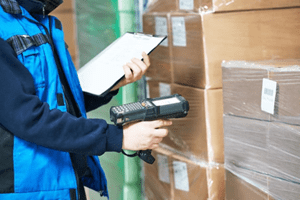
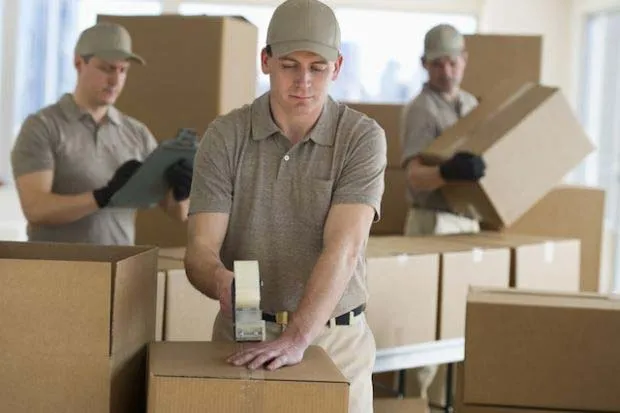
Packing and Transporting
Packing contaminated contents is not the same process as the average home movers use. Packing damaged or contaminated contents is a very different process than packing non-contaminated contents. Specialty box-building, packing procedures, and the use of proper engineering controls and personal protective equipment are required.
When transporting contaminated items, specialized vehicle systems must be used to protect the contents from transportation vibration and ro separate and isolate the driver and any passengers from health hazards associated with contaminated contents.
Cleaning and Deodorization
Depending upon the surface of the item, the type of contamination, and contamination levels, various cleaning techniques can be employed. Wet- and dry-solvent cleaning, ultrasonics, foam, absorbent powder, air washing, and off-gassing techniques are often used. Specialty deodorizing chemistries, equipment, tools, and gas or fog chambers may be used to remove odors associated with fire residues, mold, or water.
A highly organized production-line cleaning facility that includes commercial washers and dryers, plenty of space for post-washing steaming, ironing, and folding, multi-cavity sinks for pre-soaking, washing and rinsing kitchenware and other household items, ultrasonic units, and hand cleaning bath-type sinks are necessary. Multiple cleaning and packing tables or stations will be needed for purses, shoes, luggage, and other common contents. Larger areas for area rug, furniture, and upholstery cleaning along with the proper tools, equipment, and cleaning agents will also be needed.
Specialty-built chambers for ozone, hydroxyl, or thermal fog deodorization will be an integral part of your contents deodorization practices.
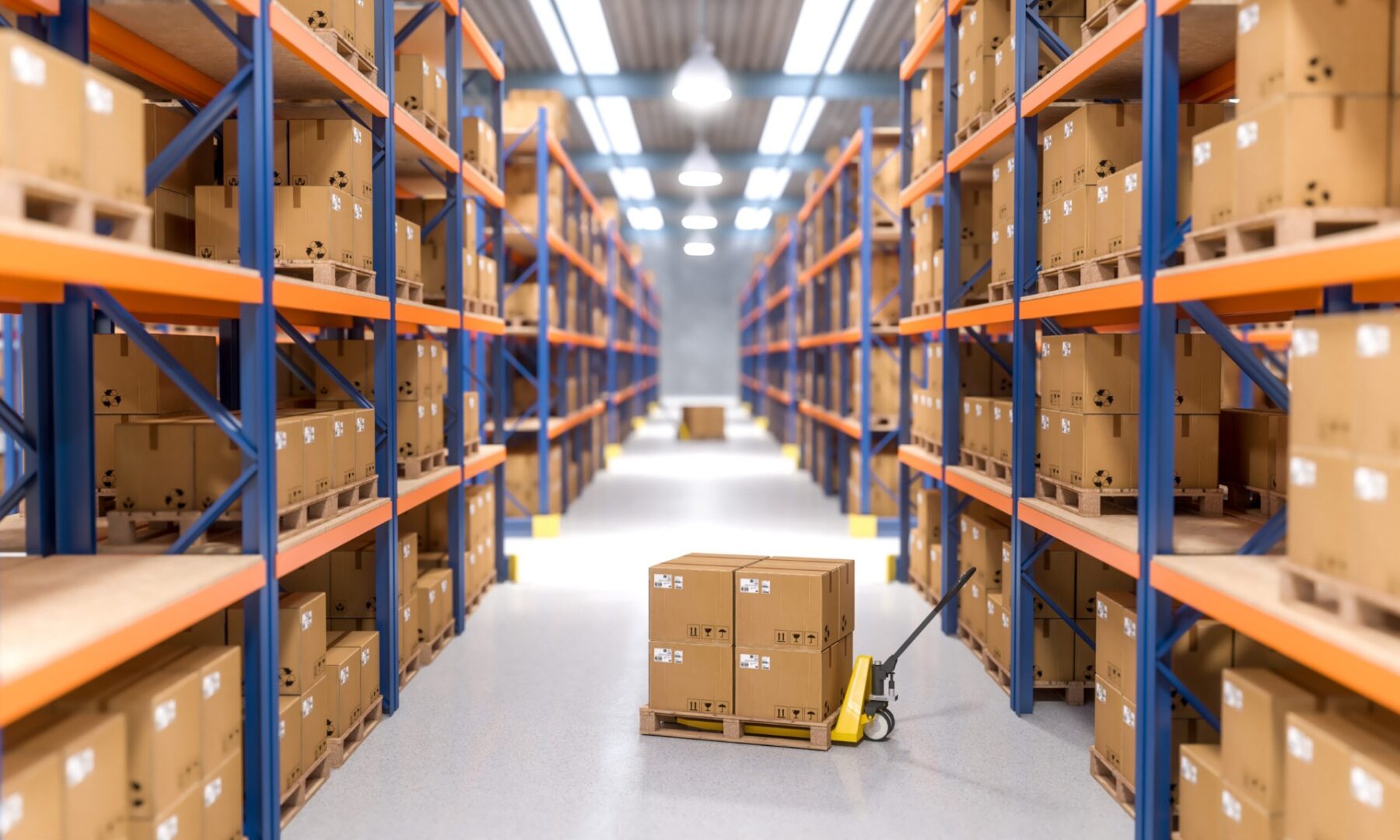
Storage
There are several options for storage, but the best place to store processed contents is in a climate-controlled facility that is safe, weather-tight, and extremely secure. It is crucial that storage areas are dry and free of pests and potentially re-soiling dust. Weekly checks will aid in the maintenance of storage areas.
Get IICRC Certified and Take Your Business to the Next Level
While this article gives you a solid starting point, the journey to mastering contents processing is filled with education and excitement. To learn more about this specialized service we encourage you to enroll in an IICRC Contents Processing Technician CPT certification class offered by an approved IICRC School. The IICRC Contents Processing Technician class covers essential topics such as inspection and assessment, inventory best practices, cleaning methods, box build and pack techniques, and effective documentation practices.
Gaining this IICRC certification can also open doors for you to find new job opportunities and career advancement within the restoration field. At Restoration Certified, we’ve got just the ticket! Our engaging and comprehensive online 3-day course is taught by award-winning instructors that will help you gain the skills and confidence needed to tackle any contents processing challenge like a pro.
For more information, check our upcoming online IICRC CPT class schedule or give us a call at 725-777-1746. Prefer email? No problem! Reach us at Help@RestorationCertified.com.
